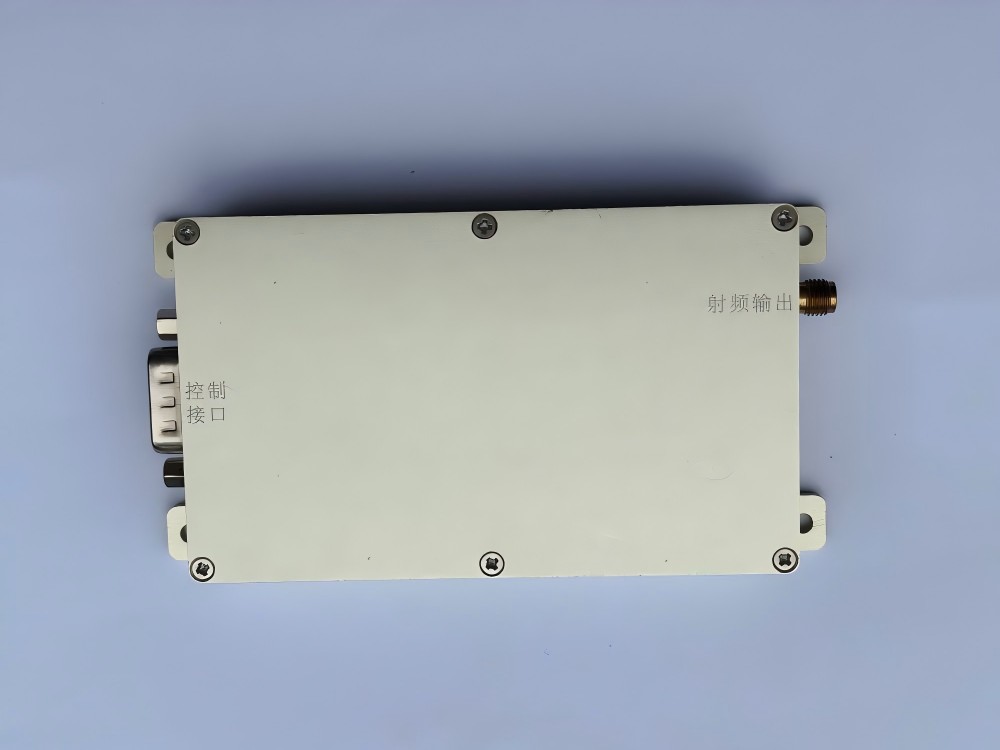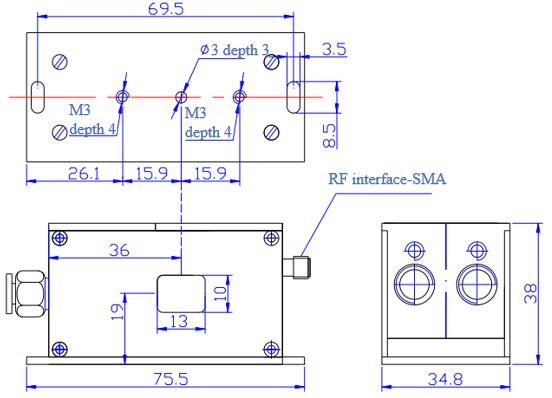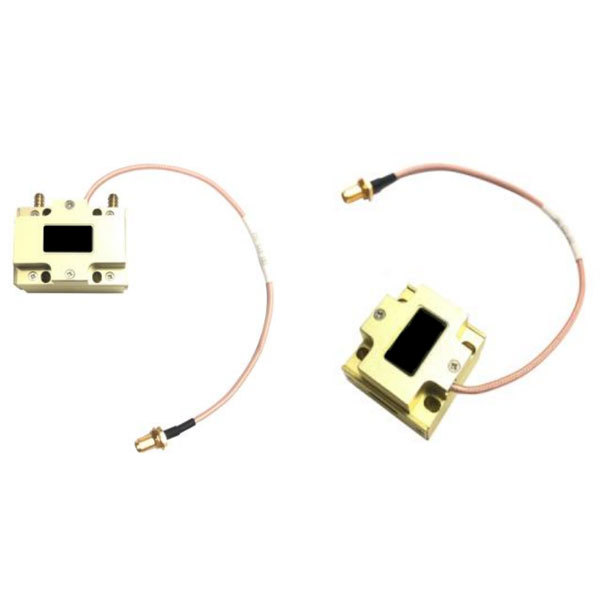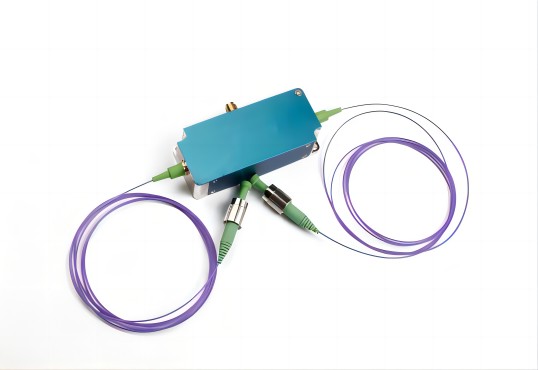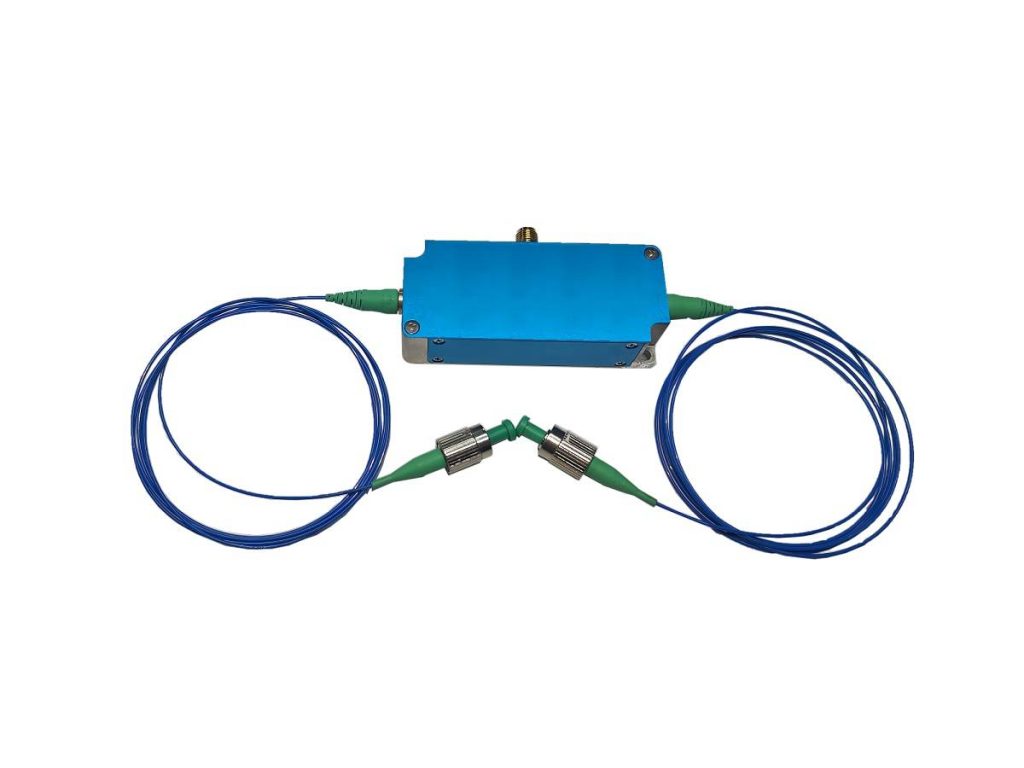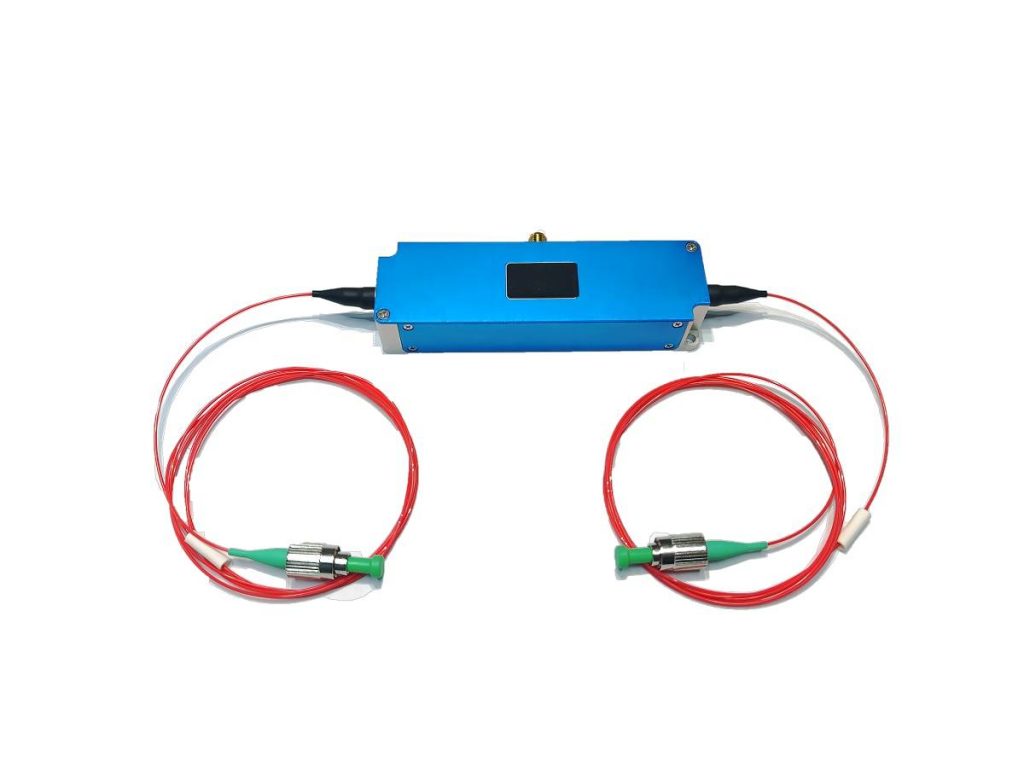What are Q-Switched Pulsed Lasers? Principles, Features, and Uses Explanation
Since its inception, laser technology has demonstrated remarkable vitality across scientific research, industrial manufacturing, healthcare, and even military defense, owing to its unique attributes of high brightness, monochromaticity, and directionality. Among the diverse types of lasers, pulsed lasers, capable of generating transient high-power laser outputs, exhibit advantages in certain applications that continuous wave lasers cannot match. By compressing energy in time, pulsed lasers achieve extremely high peak powers, making them crucial in applications requiring high energy density or rapid energy deposition. Within the realm of pulsed laser technologies, q switched pulsed laser technology, with its relative simplicity, cost-effectiveness, and ability to produce nanosecond and even sub-nanosecond short pulses, has become a pivotal method for obtaining high-energy short-pulse lasers, thus giving rise to a wide array of applications. This article will delve into the principles of Q-switching technology, detail the key characteristics of Q-switched pulsed laser systems, and comprehensively explore their extensive applications across various fields.
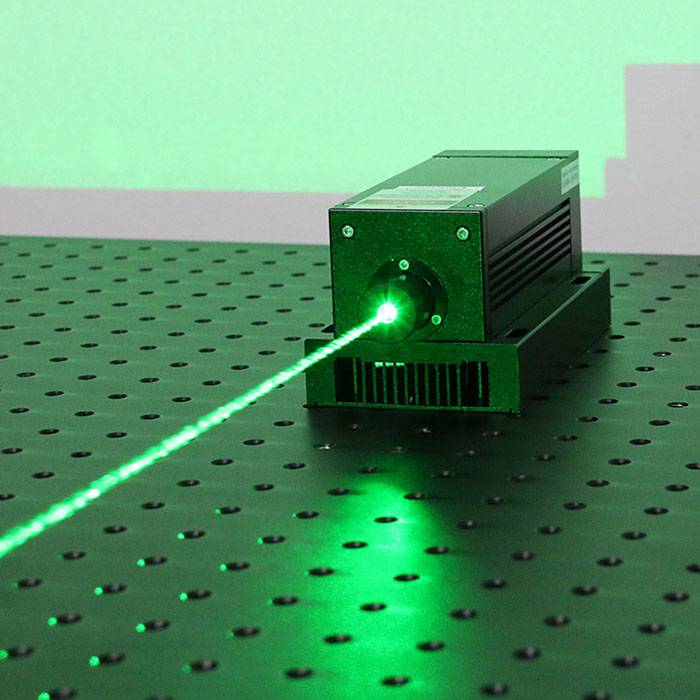
Principles of Q-Switching Technology
To better understand Q-switching technology, it is essential first to review the fundamental components and operational principles of a laser’s optical resonant cavity. A typical laser consists of a gain medium, a pump source, and an optical resonant cavity. The gain medium, when excited by the pump source, achieves population inversion, providing the energy for laser generation. The optical resonant cavity, usually composed of two or more mirrors, selectively feeds back light of a specific wavelength, allowing it to travel back and forth multiple times within the cavity, amplifying through stimulated emission, and eventually forming the laser output.
The quality factor (Q-factor) of the resonant cavity is a crucial parameter, reflecting the cavity’s ability to store energy and the rate at which energy is lost. A high Q-factor cavity signifies low energy loss and a longer photon lifetime within the cavity, which is conducive to stable laser oscillation and high energy accumulation. Conversely, a low Q-factor cavity experiences significant energy loss, making it difficult to sustain laser oscillation.
The core idea behind Q-switching technology is to actively or passively control the Q-factor of the resonant cavity to achieve the storage and rapid release of laser energy. In the Q-switching process, the resonant cavity is initially set to a low Q-factor state. In this state, the cavity losses are high, and even if a large population inversion is built up in the gain medium, laser oscillation cannot occur effectively. This phase is equivalent to “suppressing” laser generation and efficiently storing pump energy in the gain medium. When the energy stored in the gain medium reaches or approaches its maximum, the Q-factor of the resonant cavity is rapidly switched to a high value, meaning the intracavity losses are quickly reduced. At this point, the stored energy in the gain medium is released in the form of a high-intensity laser pulse with an extremely short duration through stimulated emission. Subsequently, due to the rapid energy release, the population inversion in the gain medium quickly decreases, laser oscillation ceases, and the resonant cavity returns to a low Q-factor state, awaiting the next pump cycle and Q-switching operation.
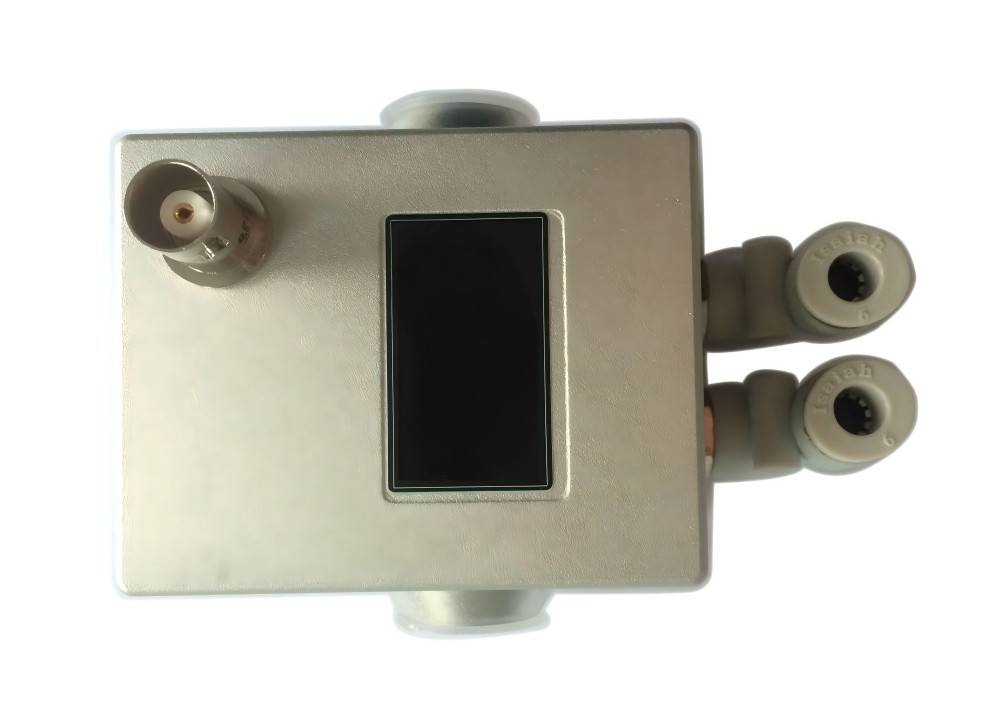
Key Characteristics of Q-Switched Pulsed Lasers
Q-switching technology endows lasers with a series of unique and crucial characteristics that make them outstanding in numerous applications:
1. Short Pulse Duration
The most prominent feature of q switched pulsed laser systems is the extremely short duration of the generated laser pulses, typically in the nanosecond (ns) range, which is one billionth of a second. Through careful design and optimization, some passively Q-switched microchip lasers can even achieve sub-nanosecond pulse widths. Such short pulse durations mean that energy is released in an extremely short time, resulting in very high instantaneous power. The advantage of short pulses lies in their ability to significantly reduce thermal diffusion effects during material processing, leading to more precise machining quality; in biomedical applications, they enable precise targeting of specific tissues with minimal damage to surrounding healthy tissues.
2. High Peak Power
Due to the energy being released in an extremely short time, q switched pulsed laser systems can generate peak powers significantly higher than those of the same lasers operating in continuous wave mode. Their peak power can reach megawatt (MW) or even gigawatt (GW) levels, making Q-switched lasers essential tools for nonlinear optics research and applications. For instance, high-peak-power laser pulses can effectively induce nonlinear optical effects in media, such as second harmonic generation (SHG), sum-frequency generation (SFG), and difference-frequency generation (DFG), thereby expanding the application wavelength range of lasers.
3. Low Repetition Rate
Compared to mode-locking, another technique for generating ultrashort pulses, q switched pulsed laser systems typically have a lower pulse repetition rate, ranging from a few Hertz (Hz) to several kilohertz (kHz). This is because a certain amount of time is required for the gain medium to re-accumulate energy for the next Q-switching operation after each pulse is generated. Although the repetition rate is lower, the energy per pulse is usually higher, making Q-switched lasers well-suited for applications requiring high single-pulse energy, such as laser marking, material removal, and long-range rangefinding.
4. Energy Storage and Rapid Release Mechanism
The core advantage of Q-switching technology lies in its efficient energy storage and rapid release mechanism. By pumping the gain medium for a longer duration in a low Q-factor state, a large amount of energy can be stored in the population inversion. When the Q-factor is suddenly switched to a high value, this stored energy is rapidly converted into a high-energy laser pulse through stimulated emission. This mechanism achieves efficient conversion of pump energy to laser pulse energy.
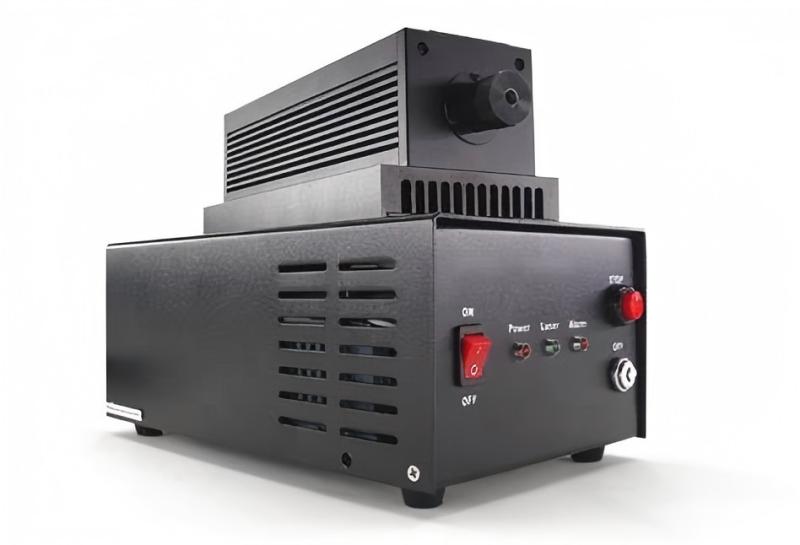
5. Active and Passive Q-Switching
Based on the method used to control the resonant cavity losses, Q-switching technology can be broadly classified into two main types: active Q-switching and passive Q-switching:
A: Active Q-Switching
Active Q-switching utilizes externally controlled modulators placed inside the resonant cavity to vary the intracavity losses. Commonly used modulators include acousto optic modulators (AOMs) and electro-optic modulators (EOMs).
- Acousto-Optic Modulators (AOMs): AOMs create a periodic refractive index gradient in a crystal by applying an acoustic wave, thereby diffracting the passing light beam. By controlling the intensity and frequency of the acoustic wave, the diffraction efficiency of the light beam can be controlled, allowing for the adjustment of the resonant cavity losses. AOMs have a relatively fast switching speed and can achieve higher repetition rates.
- Electro-Optic Modulators (EOMs): EOMs exploit the electro-optic effect in certain crystals, where the refractive index of the crystal changes when an electric field is applied. By controlling the applied electric field, the polarization state of the light passing through the crystal can be altered, and in conjunction with polarizers, this allows for the attenuation and switching of the light beam. EOMs typically have faster switching speeds than AOMs, enabling higher repetition rates and shorter pulse widths.
Advantages and Disadvantages
The advantages of active Q-switching include high control precision and the flexibility to adjust the pulse repetition rate and pulse width. However, active Q-switching systems are generally more complex in structure, have higher costs, and require external driving circuits.
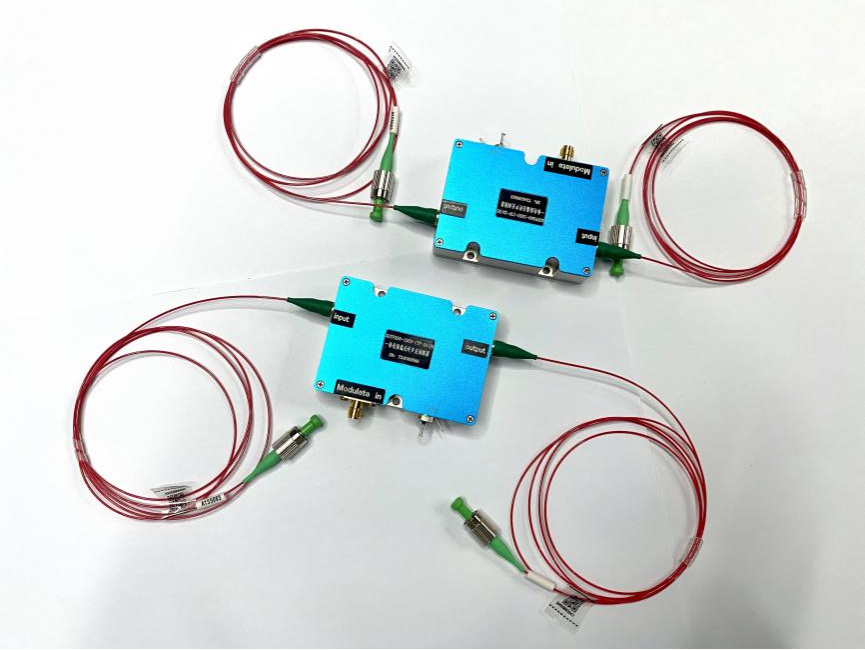
B: Passive Q-Switching
Passive Q-switching employs a saturable absorber (SA) placed within the resonant cavity to achieve Q-switching. A saturable absorber is a material that absorbs light at low intensities but becomes transparent at high intensities.
Operating Principle
When the laser starts operating, the intracavity light intensity is low, and the saturable absorber absorbs light, resulting in high intracavity losses that prevent laser oscillation. As pumping continues, the energy in the gain medium accumulates, and the intracavity light intensity gradually increases. When the light intensity reaches the saturation threshold of the saturable absorber, the absorber is “bleached” or “saturated,” its absorption rate rapidly decreases, the intracavity losses sharply reduce, the Q-factor quickly increases, and a high-power short pulse is triggered. After the pulse, the absorber recovers to its high absorption state, awaiting the generation of the next pulse.
Advantages and Disadvantages
The advantages of passive Q-switching include its simple structure, low cost, no requirement for external control circuits, and the ability to achieve very short pulse widths, especially in microchip lasers. However, the disadvantages of passive Q-switching are that the control over pulse repetition rate and pulse energy is less flexible than with active Q-switching, and performance is limited by the characteristics of the saturable absorber. Commonly used saturable absorbers include dyes, semiconductor saturable absorber mirrors (SESAMs), and emerging two-dimensional materials (such as graphene and transition metal dichalcogenides).
Wide Applications of Q-Switched Pulsed Lasers
Leveraging their unique characteristics of short pulse duration, high peak power, and controllable repetition rate, q switched pulsed laser systems find extensive applications across numerous fields:
Material Processing: High-energy short-pulse lasers can achieve precise processing of various materials, including metals, ceramics, polymers, and composites. Due to the extremely short pulse duration, energy is deposited on the material surface in a very short time, minimizing heat diffusion to the surrounding areas, thus enabling high-quality cutting, marking, drilling, and micromachining. For example, in the automotive industry, Q-switched lasers are used for precision cutting and welding of metal components; in the electronics industry, they are used for fine etching and connection of microelectronic devices; and in jewelry manufacturing, they are used for precise pattern engraving and gemstone cutting.
Nonlinear Optics: The high peak power generated by q switched pulsed laser systems makes them ideal light sources for inducing and studying nonlinear optical effects. By focusing high-intensity short-pulse lasers into nonlinear optical crystals, new wavelengths of light can be generated, such as second harmonic (frequency doubling), third harmonic (frequency tripling), sum-frequency, and difference-frequency generation. These techniques can extend the application wavelength range of lasers, for example, generating ultraviolet and visible light for spectroscopy, optical storage, and bio-imaging. Furthermore, high-peak-power short-pulse lasers play a crucial role in cutting-edge research such as multiphoton microscopy, high harmonic generation (HHG), and terahertz wave generation.
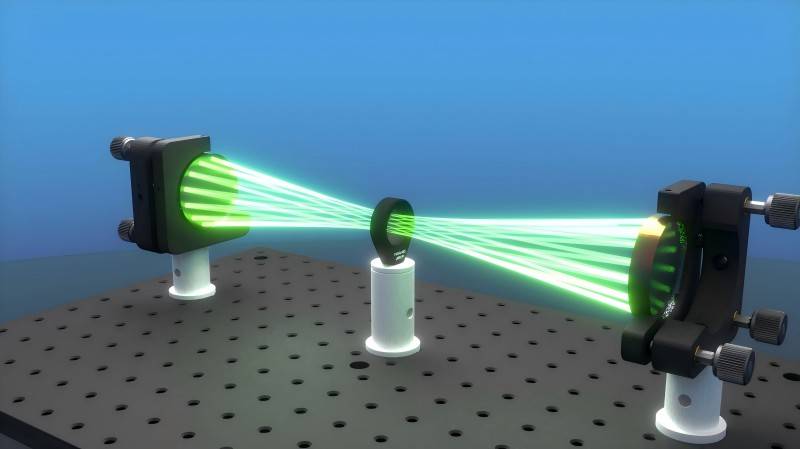
Range Finding and Remote Sensing: Q switched pulsed laser systems are the core light source in Light Detection and Ranging (LIDAR) systems. LIDAR precisely measures the distance between the laser and a target by emitting short laser pulses and measuring the time it takes for the pulses to be reflected back. Since Q-switched lasers can generate high-energy short pulses, their LIDAR systems have longer detection ranges and higher accuracy, finding widespread applications in terrain mapping, atmospheric monitoring, autonomous driving, target recognition, and three-dimensional scanning.
Medical Applications: Q switched pulsed laser systems have a wide range of applications in the medical field, particularly in dermatology and ophthalmology. High-energy short laser pulses can precisely target specific biological tissues while minimizing thermal damage to surrounding tissues. For example, Q-switched Nd:YAG lasers are commonly used for tattoo removal and the treatment of pigmented lesions (such as freckles, age spots, and birthmarks), where the specific wavelength of the laser is selectively absorbed by the pigment particles in the skin, shattering them for subsequent removal by the body’s metabolic system. Additionally, Q-switched lasers are used to treat vascular lesions, for skin rejuvenation, and in emerging applications such as the treatment of onychomycosis (nail fungus). In ophthalmology, Q-switched lasers are used to treat posterior capsule opacification and glaucoma.
Scientific Research: Q switched pulsed laser systems are essential tools in scientific research. In spectroscopy, high-energy short-pulse lasers can be used for techniques such as laser-induced fluorescence (LIF) and Raman spectroscopy to study the composition and structure of materials. Laser-induced breakdown spectroscopy (LIBS) utilizes high-power short-pulse lasers to generate plasma on the surface of a sample and analyzes the emission spectrum of the plasma to determine the elemental composition of the sample. Furthermore, Q-switched lasers are often used as pump sources for other ultrafast laser systems, such as pumping Ti:sapphire lasers to generate femtosecond laser pulses.
Military and Defense: In the military and defense sectors, q switched pulsed laser systems also play a significant role. High-power Q-switched lasers can be applied in laser rangefinding, target designation, and research into certain types of directed energy weapons. LIDAR systems have important applications in military reconnaissance, target tracking, and battlefield

Key Takeaways
Q-switched pulsed laser systems, with their unique ability to generate high-energy, short-duration laser pulses, hold a pivotal position in modern technology. Their core principle lies in the active or passive control of the resonant cavity’s Q-factor to achieve energy storage and rapid release. Q-switched lasers possess key characteristics such as short pulse duration, high peak power, and controllable repetition rate, enabling their widespread application in material processing, nonlinear optics, rangefinding and remote sensing, healthcare, scientific research, and military defense. As laser technology continues to advance and innovate, the performance of q switched pulsed laser systems will continue to improve, and their application areas will continue to expand, making even greater contributions to the progress of human society.

